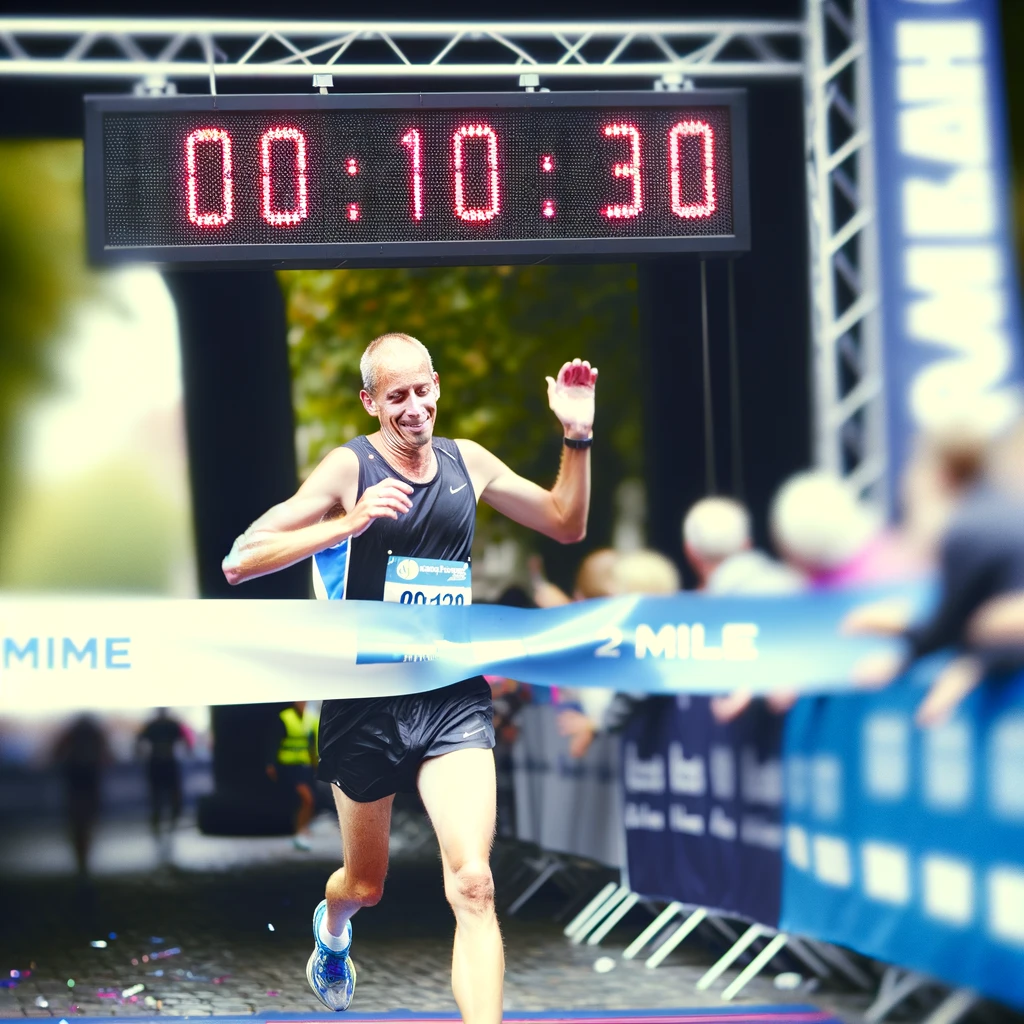Evaluating a good 2 mile time for running it depends on various factors. These include age, gender, fitness level, and running experience. A benchmark time provides a goal for recreational runners and a comparison standard for competitive runners.
Men’s average 2-mile run time is roughly 14:07, while elite male runners have clocked in at staggering times like 08:16.
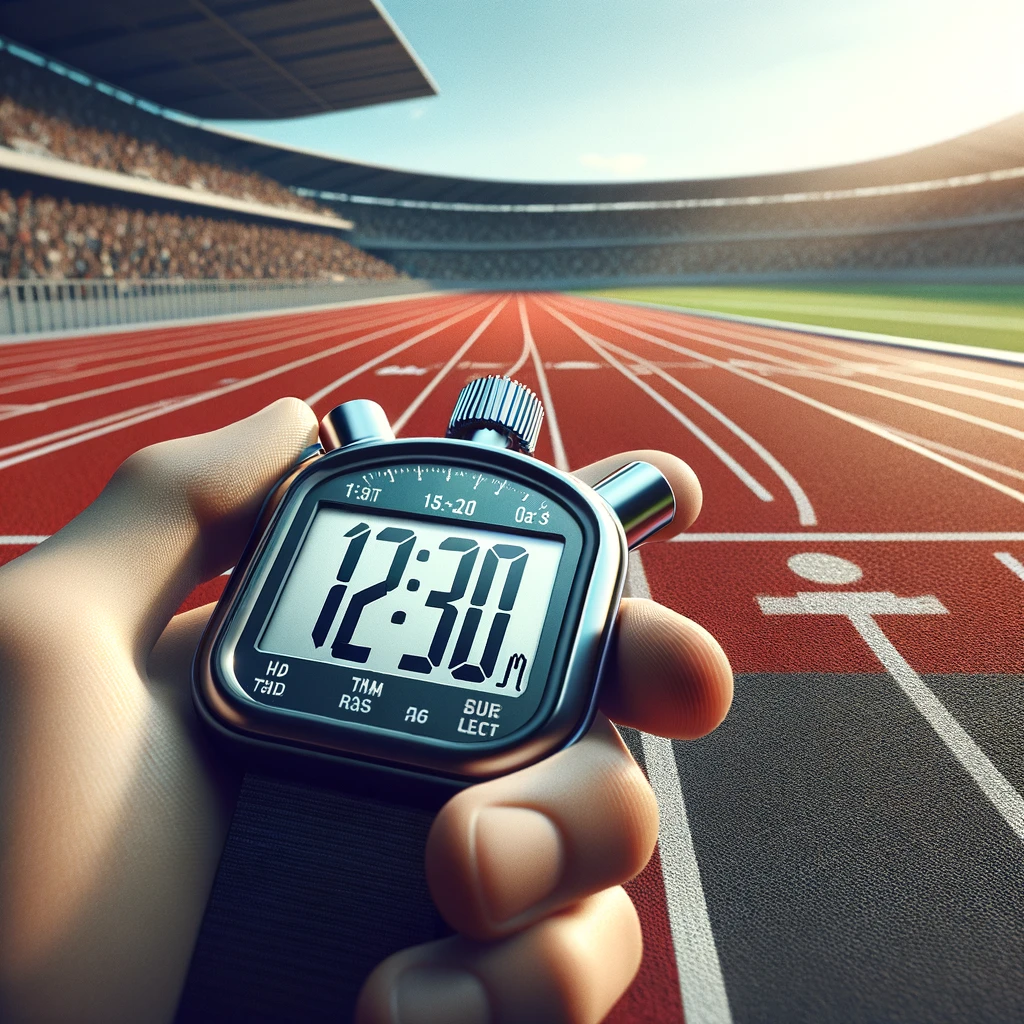
Your individual 2-mile time can be influenced by how consistently you train, your approach to nutrition, and your dedication to recovery. Equipment also plays a role; proper running shoes and gear can help improve your performance. Setting a personal record is a common goal, and understanding how to prepare and what conditions are most favorable can make the experience both enjoyable and rewarding.
Key Takeaways
- A good 2 mile time varies based on multiple personal factors.
- Consistent training and recovery are crucial for improving run times.
- The right equipment and conditions can enhance running performance.
Quick Navigation
Understanding Good 2 Mile Time
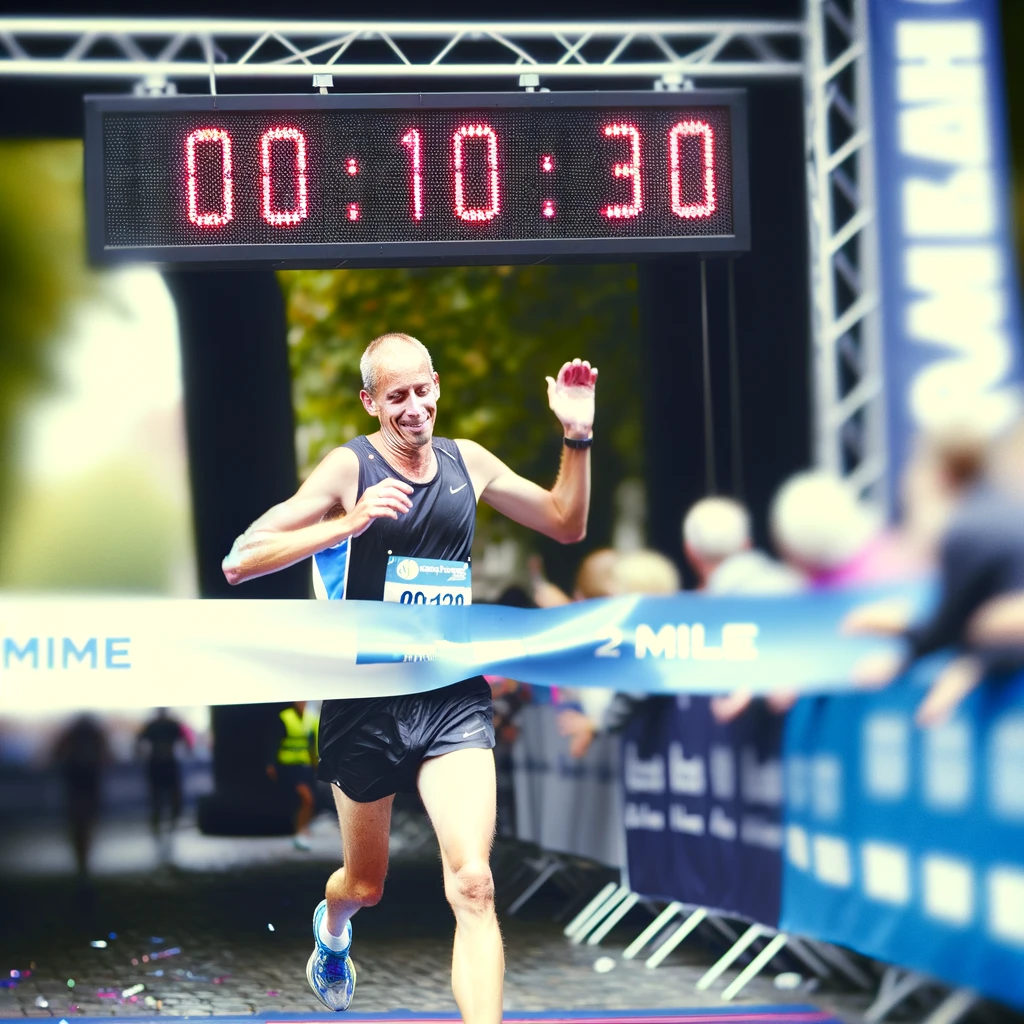
In evaluating 2-mile run performances, it’s crucial to distinguish between what’s considered “good” and average times, while also acknowledging the feats of elite runners and record holders.
Definition of a Good 2 Mile Time
A good 2 mile time is subjective and varies by age, sex, and fitness level; however, it is generally faster than the demographic average. For example, a good 2 mile time for women is cited to be around 16:24, suggesting a pace that is above average for female runners across all age groups. At the elite level, the fastest 2-mile time run by a woman is 09:29, setting a high bar for competitive runners.
Factors Affecting 2 Mile Performance
Numerous factors can influence your 2-mile time, ranging from your age and gender to your training regimen and physical fitness.
A beginner might see an average 2 mile time of 18-22 minutes, but improvements can be expected with consistent training and focus on speed workouts.
Conversely, world records, like the men’s 2-mile best, are significantly lower due to rigorous training and exceptional athletic ability. Some elite male runners have finished in under 8 minutes.
Terrain and weather conditions also play a critical role, as running on rough terrain or in poor weather can add minutes to your time.
Good 2 Mile Time: Physical and Biological Factors
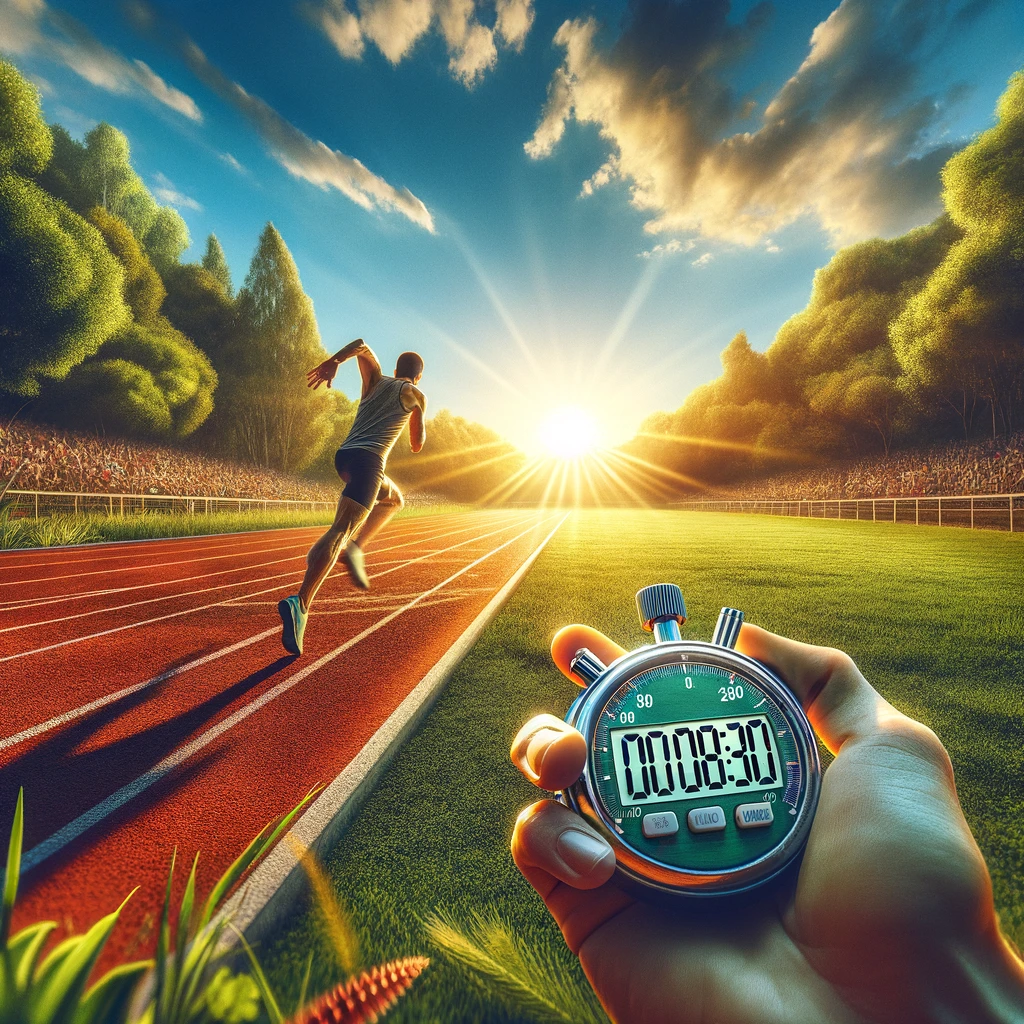
Various physical and biological factors influence your running performance. Understanding these can help you set realistic expectations for your 2-mile run times and identify areas for improvement.
Influence of Age and Gender
Age directly impacts your running capabilities. With increasing age, you may experience longer run times due to a natural decline in muscle mass and cardiovascular fitness.
For instance, the 20-29 age group typically runs a 2-mile at an average pace of 8 minutes per mile, whereas older age groups may run at slower paces.
Gender also plays a role; differences in body composition and hormone levels mean that, on average, men and women have different performance times, with men often displaying shorter 2-mile run times.
Genetics and Running Economy
Your genetics can profoundly affect your running economy, a term used to describe how efficiently you use oxygen while running.
An excellent running economy means you use less oxygen at a given pace, typically resulting in faster run times.
Certain genetic traits may predispose you to a more efficient gait or superior cardiovascular response, contributing to a better running economy.
Physical Fitness Components
Your physical fitness encompasses several components, each essential to your running performance:
- Cardiovascular endurance: Your heart’s ability to deliver oxygen to muscles during prolonged physical activity
- Muscular strength and endurance: The ability of your muscles to exert force and perform repeated movements
- Flexibility and mobility: Your joints’ ability to move through their full range of motion
Improving these components, aligned with your fitness level, will lead to better 2-mile run times.
For example, increased muscular strength can improve your stride, while enhanced cardiovascular endurance allows you to maintain a faster pace with less fatigue.
Good 2 Mile Time: Training and Preparation

Your training must be structured and comprehensive to achieve a good 2 mile time. It should encompass workouts that improve speed, increase strength, and boost endurance.
Essential Workouts for Improvement
Focus on a mix of long runs – to develop endurance – and tempo runs that help you sustain a faster pace over the entire distance.
Long runs should be done comfortably, while tempo runs must be at a challenging yet manageable speed. Include these workouts at least twice a week for optimal improvement.
Interval Training and Speed Work
Interval training enhances your speed and stamina. For example, after a 1-2 mile warm-up, you might perform 2 x 1 mile at your goal race pace with a 90-second rest between Tips for a Faster 2 Mile.
Speed work can include 400-meter repeats to get used to running at a quicker pace, which is crucial for lowering your 2-mile time.
Importance of Strength Training
Integrating strength training into your regimen boosts muscle power and can decrease injury risk.
Lift weights to target both the upper and lower body, focusing on compound movements such as squats and deadlifts.
Plan strength training sessions in the evening if you run in the morning to ensure adequate recovery time.
Endurance and Cardiovascular Training
Lastly, enhancing your cardiovascular system through steady-state cardio is key.
This could be any continuous, rhythmic activity that raises your heart rate. To complement your running, you can include activities like cycling or swimming. This will build the endurance necessary for maintaining a solid pace over your 2-mile run.
Good 2 Mile Time: Running Gear and Equipment
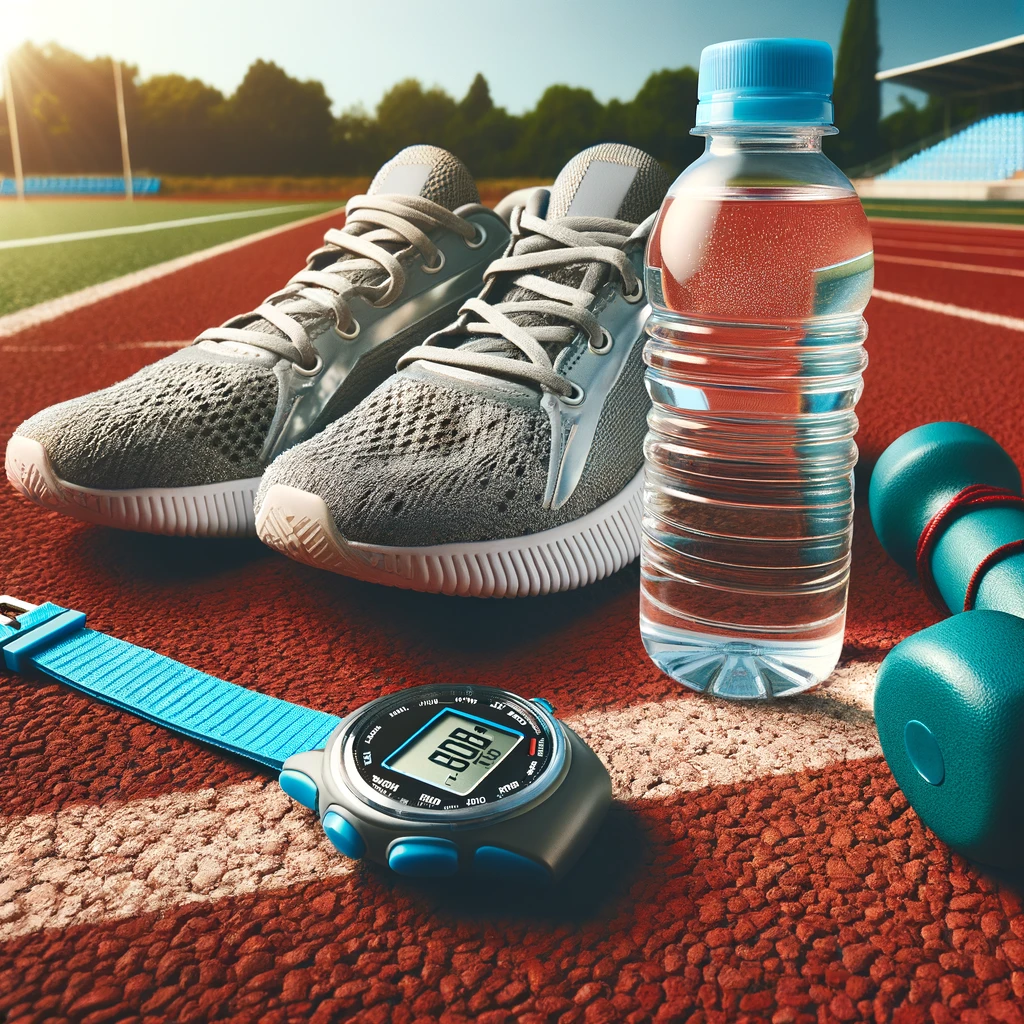
Selecting the correct gear is crucial for enhancing your running performance and comfort. Every piece of equipment, from your shoes to your clothes, plays a pivotal role in your running experience.
Choosing the Right Running Shoes
When selecting running shoes, consider your foot shape, gait type, and the surface you’ll be running on.
Aim for shoes with proper arch support, cushioning, and a comfortable fit. Don’t compromise on quality; high-grade running shoes can prevent injuries and improve your running efficiency.
Appropriate Running Apparel
Your clothing should be lightweight, breathable, and suitable for the weather conditions.
Opt for moisture-wicking fabrics to keep yourself dry and prevent chafing. For colder climates, layering your clothing can keep you warm while allowing you to shed layers if you overheat.
Useful Running Accessories
- Headphones: Choose sweat-resistant and secure-fitting headphones to enjoy music or podcasts during your run. Wireless options eliminate the hassle of cords.
- Running app: Utilize a running app to track your progress, monitor your pace, and plan your routes. Look for apps with a user-friendly interface and reliable tracking.
Accessories like hydration packs, reflective gear, and GPS watches can enhance your running experience by providing safety and convenience. Remember to assess and update your equipment to maintain optimal performance regularly.
Good 2 Mile Time: Racing Strategy and Tactics

In a 2-mile race, the difference between an average and a great finish time often comes down to your strategy and tactics. Implementing a balanced race plan and managing your efforts will help you achieve your target time more effectively.
Establishing a Consistent Pace
Your primary goal should be to achieve a consistent pace throughout the race.
Start by warming up properly to prepare your muscles and increase your heart rate. Once the race begins, aim to run each quarter at a steady pace.
Understand your threshold and aim not to exceed it too early. A consistent pace allows you to manage your energy reserves efficiently, setting the stage for a strong finish.
Tactical Race Approaches
It’s crucial to assess and adapt your race approach to the competition and conditions throughout the race.
Consider when to pass other runners; doing so on a curve or just before a checkpoint can provide a psychological edge.
In addition, tactical race positioning should be practiced in training to develop an instinct for when to make strategic moves.
Energy and Effort Distribution
Proper energy and effort distribution, often called pacing, is vital.
The goal is to avoid starting too fast and then slowing down significantly, which is inefficient.
Instead, after your warm up, lead into the race at a pace you can maintain. Then, conserve enough energy to execute a strategic increase in your running speed in the race’s latter stages.
Plan for a strong and controlled cool down after crossing the finish line to aid recovery and reduce muscle soreness.
Good 2 Mile Time: Health and Nutrition

Optimal performance in your 2-mile runs is not just about your training; your hydration and nutritional choices influence it equally.
Your body requires adequate water and essential nutrients to maintain energy levels and muscular function during your runs.
Hydration and Water Intake
Water is fundamental to your running performance. You should aim to hydrate throughout the day, not just during a run—it’s essential for maintaining blood volume and regulating your body temperature.
Before a run, drink at least 16 ounces of water 2 hours beforehand and 4-8 ounces every 15-20 minutes during your run, depending on the weather and your sweat rate.
Essential Nutrients for Runners
Your diet should contain key nutrients that support your fitness regime.
Carbohydrates are the primary energy source for runners, and you should focus on complex carbs like whole grains.
Proteins are crucial for muscle repair; aim for lean sources like chicken, fish, or plant-based alternatives.
Don’t forget iron and calcium for oxygen transport and bone health. Rich sources include leafy greens and dairy or fortified plant milks.
| Nutrient | Benefits | Sources |
|---|---|---|
| Carbs | Energy | Whole grains, fruits |
| Protein | Muscle repair and growth | Chicken, tofu, legumes |
| Iron | Oxygen transport | Spinach, legumes, red meat |
| Calcium | Bone strength | Milk, fortified plant milks |
Impact of Diet on Performance
Your diet directly affects your ability to perform and recover. A well-balanced meal 2-3 hours before running should leave you energized and not sluggish.
A post-run meal, rich in protein and carbs, aids muscle recovery and rebuilding glycogen stores.
Remember, a fitness test is an assessment of physical capability and a reflection of your nutritional status. Regular stretches and well-timed nutrition further enhance flexibility and overall fitness.
Good 2 Mile Time: Understanding Running Conditions

Before embarking on your two-mile run, consider how different terrains, altitudes, and weather conditions can significantly affect your performance.
Training on Different Terrains
Terrain varies and so will your running times.
When training outdoors, expect variations in elevation and surface type to challenge your leg muscles differently.
For instance, running on a soft track can improve speed and reduce impact. Contrastingly, a hilly terrain demands more power and endurance, potentially slowing your pace but improving your strength.
Meanwhile, a treadmill offers a consistent surface and can be easier on your joints, allowing for specific speed and incline controls to simulate different outdoor conditions.
Impact of Altitude on Running
Running at altitude can alter your two-mile time markedly.
Higher elevations have less oxygen, which can initially reduce your muscle performance and aerobic capacity. Over time, your body may adapt by increasing red blood cell count, enhancing your overall endurance.
If you’re racing or training at altitude, give yourself time to acclimate and expect your times to differ from sea-level performance.
Weather and Environmental Factors
Weather plays a pivotal role in your running efficiency.
Extreme heat or cold can stress your body, leading to slower times and increased effort for your outdoor mile.
High humidity impairs your body’s cooling mechanisms, while cold air can tighten muscles.
Adjust your expectations on these days and dress appropriately: light, breathable gear for the heat and warm, layered clothing for the cold.
Monitoring the environmental conditions before a run allows you to set realistic goals and maintain a safe and effective training regime.
Good 2 Mile Time: Recovery and Injury Prevention

In your journey to improve your 2-mile time, understanding how to recover and prevent injuries is crucial. You must incorporate strategic practices before and after your runs to maintain physical health and enhance performance.
Proper Warm-Up and Cool Down Routines
Warm-up routines are essential to prepare your body for the stress of running.
Begin with 5 to 10 minutes of light jogging or brisk walking to increase your heart rate gradually.
Follow this with a cool down period after your run to allow your heart rate to return to normal. Jogging or walking for another 5 to 10 minutes can aid this process.
These rituals minimize the risks of muscle strains and other injuries.
Dynamic Stretching and Flexibility
Focus on dynamic stretches before running to improve your flexibility, which can enhance your stride and reduce injury risk.
Examples of dynamic stretches include leg swings, walking lunges, and arm circles.
Precautions should be taken to avoid overstretching.
Post-run, you should perform static stretches to help with muscle recovery.
Cross-Training and Recovery Techniques
Incorporate cross-training activities, such as swimming or cycling, which can improve your aerobic fitness without the impact stress of running.
Recovery techniques like foam rolling, massage, or yoga can help to alleviate muscle tightness and enhance blood circulation.
Schedule rest days to give your body time to repair and strengthen.
Good 2 Mile Time: Running Metrics and Analytics

Running effectively involves more than just putting one foot in front of the other; it requires analysis and understanding of various metrics that can help you improve your performance. Here are some key aspects of running data and how to use them to enhance your running abilities.
Understanding Your Running Data
Your running form is fundamental, and analytics can offer insights into how your body moves.
By examining your cadence and the number of steps you take per minute, you can make informed adjustments that might reduce injury risk and improve efficiency. A steady cadence is often associated with better form.
Paying attention to your pace per mile helps you understand how your speed fluctuates during workouts and races, allowing you to develop strategies for energy distribution throughout a run.
Measuring Progress with Fitness Tests
Fitness tests, such as time trials, can be a reliable benchmark for measuring your progress.
Whether you’re timing a fast one-mile run or a more extended endurance test, these trials convey how your fitness level is advancing.
By regularly performing a fitness test, you can set quantifiable goals and track improvements over time, clearly indicating how your training impacts your performance.
Setting Goals and Personal Records
Setting goals and personal records provides motivation and a means to measure success.
Knowing your best times for key distances, particularly the 2-mile, pushes you to strive for continual improvement.
Celebrate when you achieve a new personal record (PR) and use it to set your next objective.
These milestones are not just about speed; they represent the culmination of disciplined training, persistence, and the tactical execution of pacing and form on race day.
Good 2 Mile Time: Benchmarking Against Others

If you’re curious about how your 2-mile run time stacks up, benchmarking against various standards can give you a clearer performance perspective. This section will help you understand where you stand regarding average mile times by age group, world record achievements, and Army Physical Fitness Test (APFT) requirements.
Average Mile Times by Age Group
Average mile times can vary significantly based on your age group. Here’s a general guideline for 2-mile run times:
- Teens (13-19): Good – under 16:00, Excellent – under 14:00
- Adults (20-29): Good – under 16:30, Excellent – under 14:30
- Masters (30 and older): Standards gradually increase with age
Please note that these times represent a combined average and are not gender-specific. For a more comprehensive evaluation, you can assess your times with a tool that considers age and gender, such as the performance calculators on Running Level or Run Hive.
World Record Comparisons
When considering the world record for a 2-mile run, be aware that elite athletes set such times under optimal conditions.
The men’s world record is 7:58.61 by Daniel Komen of Kenya, while the women’s record is 8:58.58 by Meseret Defar of Ethiopia.
These exceptional records serve as inspiration rather than a realistic target for most runners.
Army Physical Fitness Test Standards
For those serving in the military or considering it, the Army Physical Fitness Test (APFT) standards provide a different benchmark. Soldiers must complete a 2-mile run within a specific timeframe based on age and gender.
For example:
- Male (Ages 17-21): Minimum – 16:36, Maximum – 13:00
- Female (Ages 17-21): Minimum – 19:42, Maximum – 15:36
These standards increase as soldiers age, reflecting a practical and strategic approach to fitness within the military context.
You can find full APFT scoring tables to help you compare your time to the expected standards of service members.

